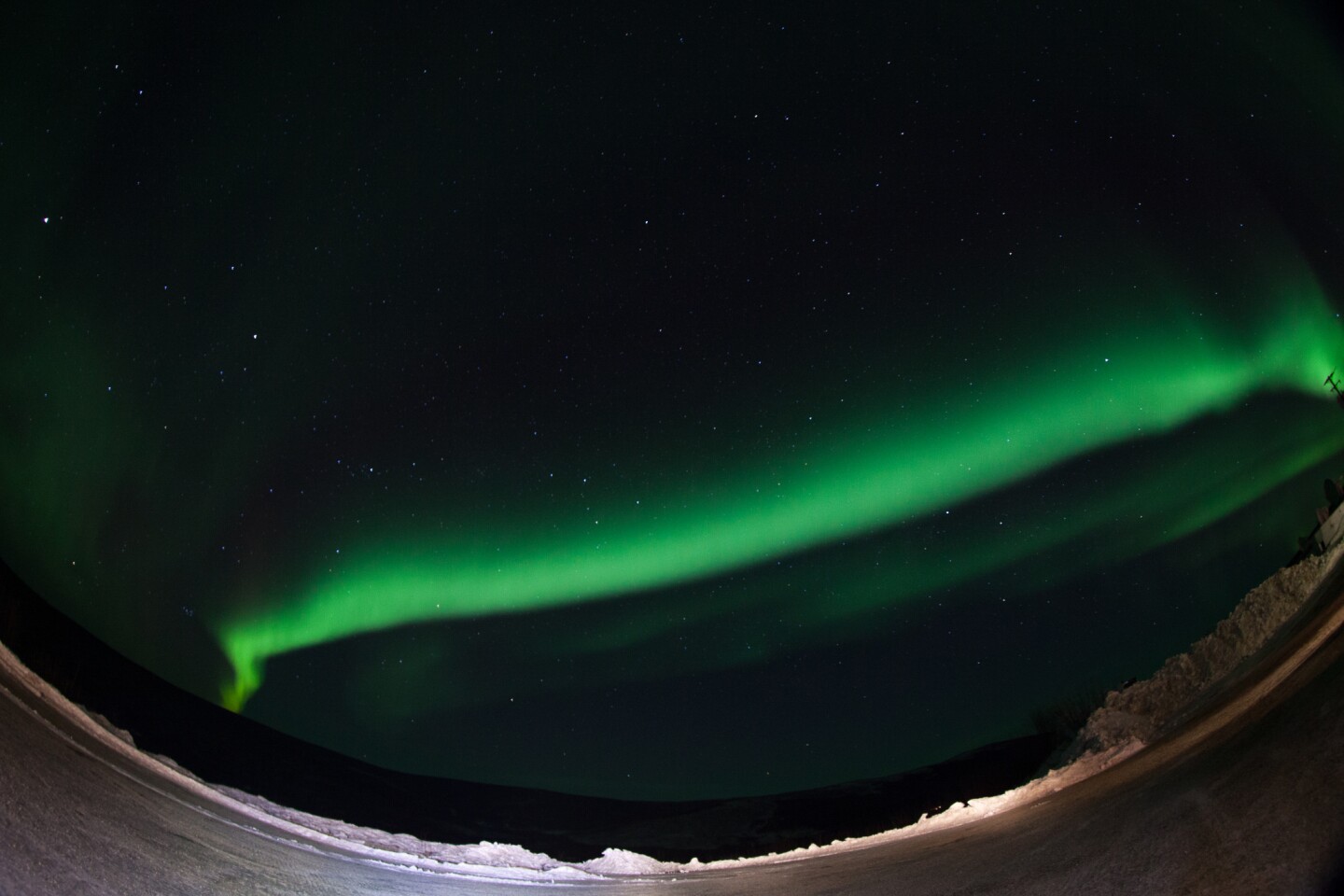NASA scientists have successfully launched a sounding rocket into the heart of an aurora. The launch, which took place on March 3rd, was part of the NASA-funded Ground-to-Rocket Electrodynamics-Electrons Correlative Experiment (GREECE) mission, the purpose of which is to discern the cause of the distinctive shape of auroral curls.
An aurora is the effect created when charged solar particles hit the Earth’s magnetic field, either through a steady stream via solar wind or through a coronal mass ejection – the mass expulsion of solar particles from the Sun's surface.
The sounding rocket, launched from Poker Flat research range, Alaska, flew for 600 seconds, at its peak taking readings from the middle of the aurora using its sensory payload. Two previous attempts to launch the sounding rocket had to be postponed due to a mixture of high winds and the aurora itself simply failing to appear. However, Marilia Samara, lead investigator for the GREECE mission, stated that “the conditions were optimal” for the launch on the March 3rd and that the team “can't wait to dig into the data."

The GREECE mission is comprised of ground-based imaging devices and sounding rockets designed to take measurements from the heart of the aurora. The goal of the mission is to understand the circumstances that cause the auroral curls, in the hope of furthering our understanding of how particles from the Sun interact with Earth's magnetosphere.
There are a number of theories surrounding the formation of the curls. One such theory proposes that the aurora acts like a wave, with faster and slower currents interacting with each other causing the tell-tale curve. Another postulates that the curls are caused by a certain type of electromagnetic phenomenon known as an Alfen Wave.
Samara, a scientist at the Southwest Research Institute in San Antonio, Texas, stated that "Our overarching goal is to study the transfer of energy from the Sun to Earth."
Source: NASA








